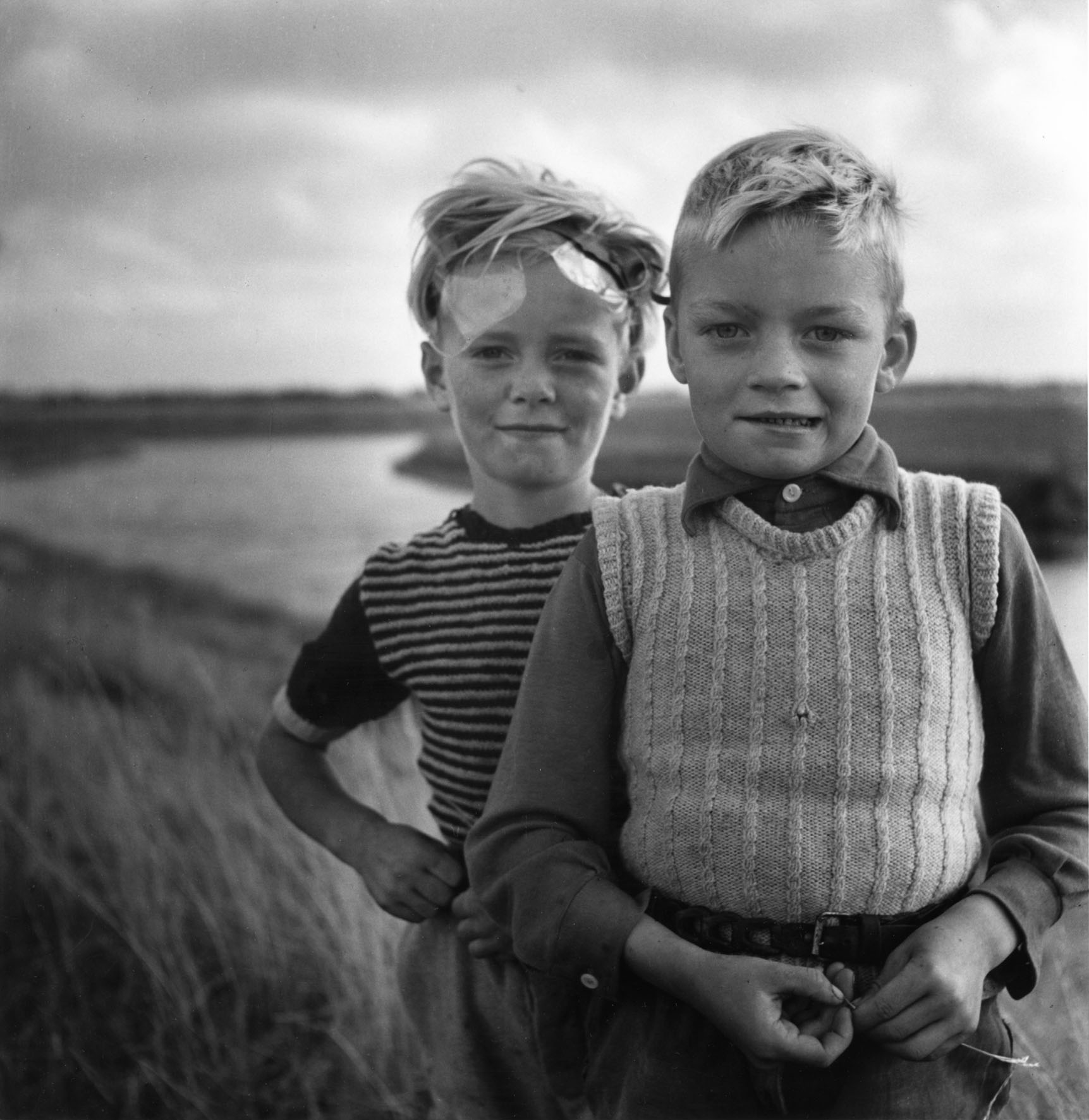The exhibition, jointly mounted by the Print Room of the University of Leiden (where the Andriesse archive is kept), comprises 150 photographs. Besides dozens of authentic prints and documents, some of which belong to Emmy Andriesse’s estate, the exhibition includes many newly printed photographs selected by the compilers from the original negatives ‘with a fresh, 21st-century perspective’. As a result, we have a more nuanced and complete picture of ‘war photographer’ Andriesse than ever before. A young, independent professional, her promising career as a chronicler of the modern ’good life’ (from children’s portraits to fashion, advertising and news photographs) was cut short by a war that did not just threaten her livelihood, but – as a Dutchwoman of Jewish origin – her very existence. When, after 1945, she took up her work again with her usual drive, her imagery had changed: it had become less stiff and academic; it was now more personal and left more to the element of chance. Emmy Andriesse was born in 1914 in The Hague. Her father was a travelling salesman and her mother part-owned a lingerie business, which does something to explain her entrepreneurial zeal and love of fashion. Between 1935 and 1937 she attended an experimental class taught by Paul Schuitema and Gerrit Kiljan at the Academy of Art in The Hague. It was here that she learnt photography and the use of photographs in posters, advertising and newspaper articles. The narrative, occasionally anecdotal character of Andriesse’s photographs, which almost always centre on people and their direct environment, meant that her work leant itself exceptionally well to printed media such as newspapers, magazines and books. In 1940 she married the well-known graphic designer Dick Elffers. In 1953 Emmy Andriesse died of cancer in Amsterdam at the age of 39. A photobook entitled Holland zonder haast. Foto's van Emmy Andriesse (publ. Voetnoot, Antwerp; 96 pp, 80 illustrations; €,50; ISBN 90 71877 57 4) is being published as a companion vol
Fotomuseum Den Haag Stadhouderslaan 43 | Postbus 72 | 2517 HV Den Haag
